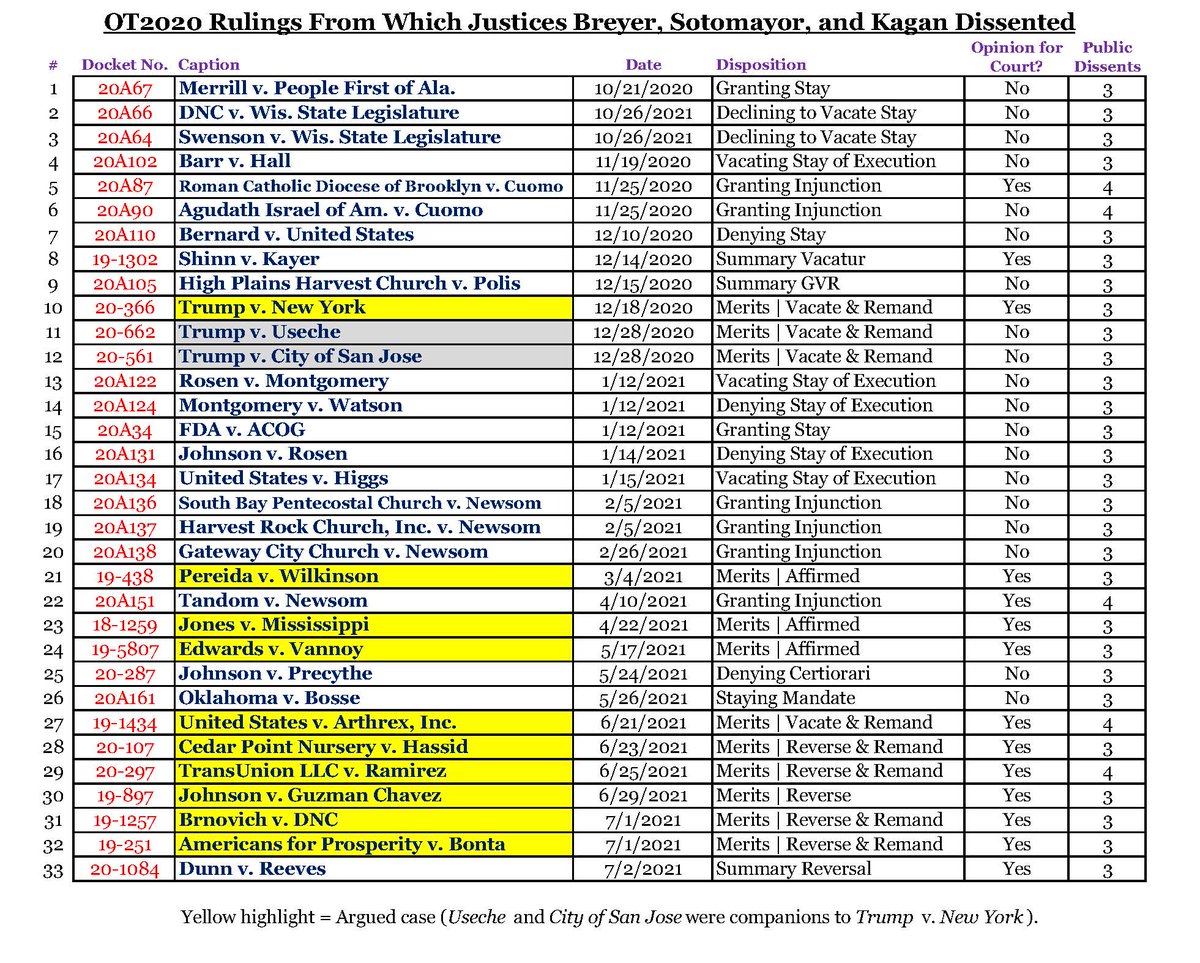
What Clark's (insane) draft letter lays bare is what so many long suspected: This was never about *good* legal (or factual) arguments; it was about using patently meritless legal and factual contentions as a thinly veiled cover for overturning the result of a democratic election.
https://twitter.com/alex_mallin/status/1422728769584906242
The legal arguments here are simply laughable. The factual claims had by then already been rebutted. And yet, a senior DOJ official (who may have been in line to be the Acting AG) was pushing both, for no other reason than to keep President Trump—who *lost* the election—in power.
You may say "there's nothing new here." But there is: It's evidence of just how far lawyers *inside* the administration were willing to go to effectuate a coup (yes, it would've been an "autogolpe," but you get the gist). That Clark's superiors shut this down is a relief, but...
...the fact that it even got this far drives home (1) just how close we were to things being even worse; and (2) just how much it was people *inside* the administration, and not just outside, who were trying to prevent the peaceful transition of power from actually taking place.
The draft is dated 12/28.
That's 14 days after the Electoral College voted (and voted for Biden); 17 days after #SCOTUS turned away Texas's stunt lawsuit; and 20 days after the safe harbor deadline for certifying competing slates of electors.
There was no law left; just power.
That's 14 days after the Electoral College voted (and voted for Biden); 17 days after #SCOTUS turned away Texas's stunt lawsuit; and 20 days after the safe harbor deadline for certifying competing slates of electors.
There was no law left; just power.
• • •
Missing some Tweet in this thread? You can try to
force a refresh





